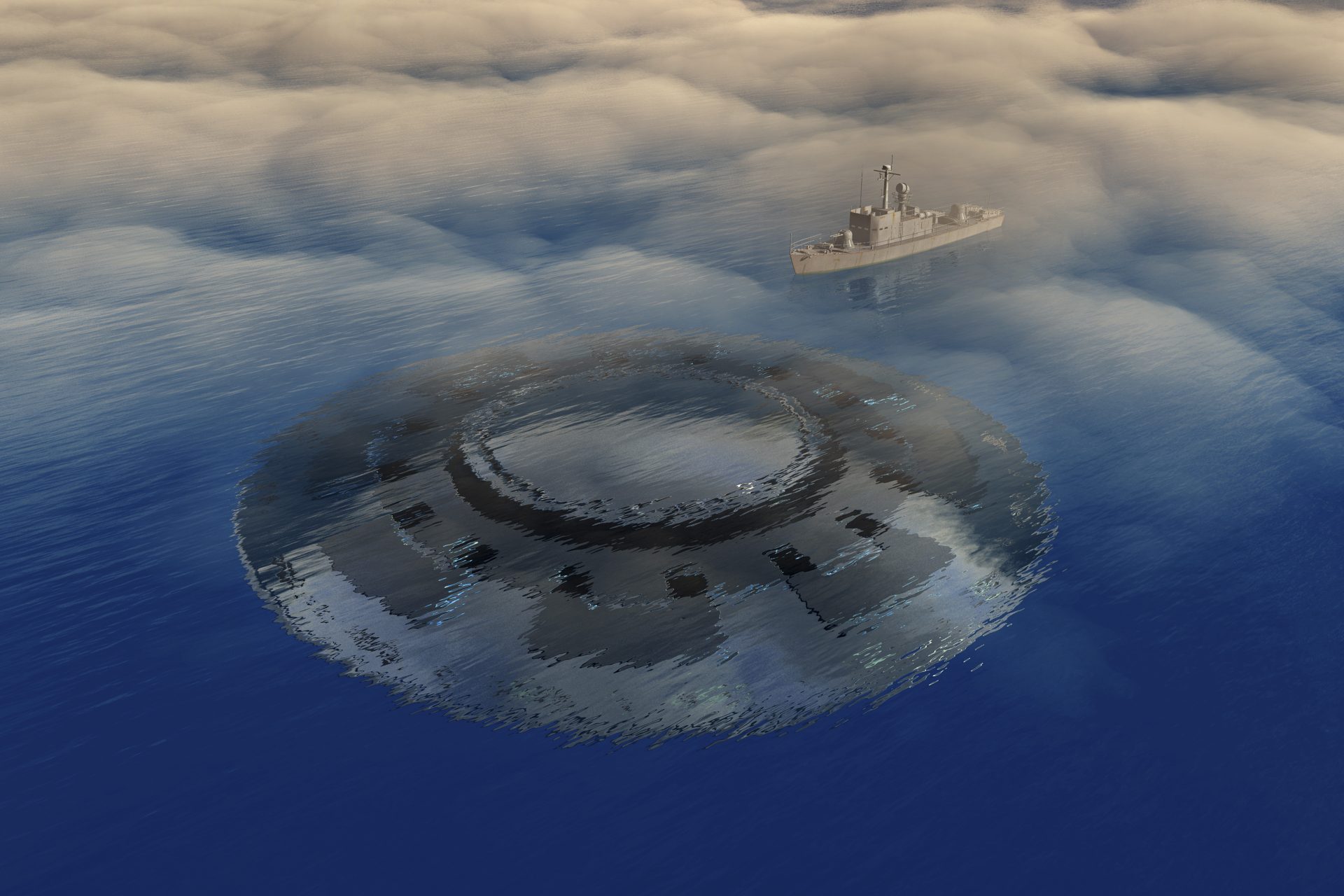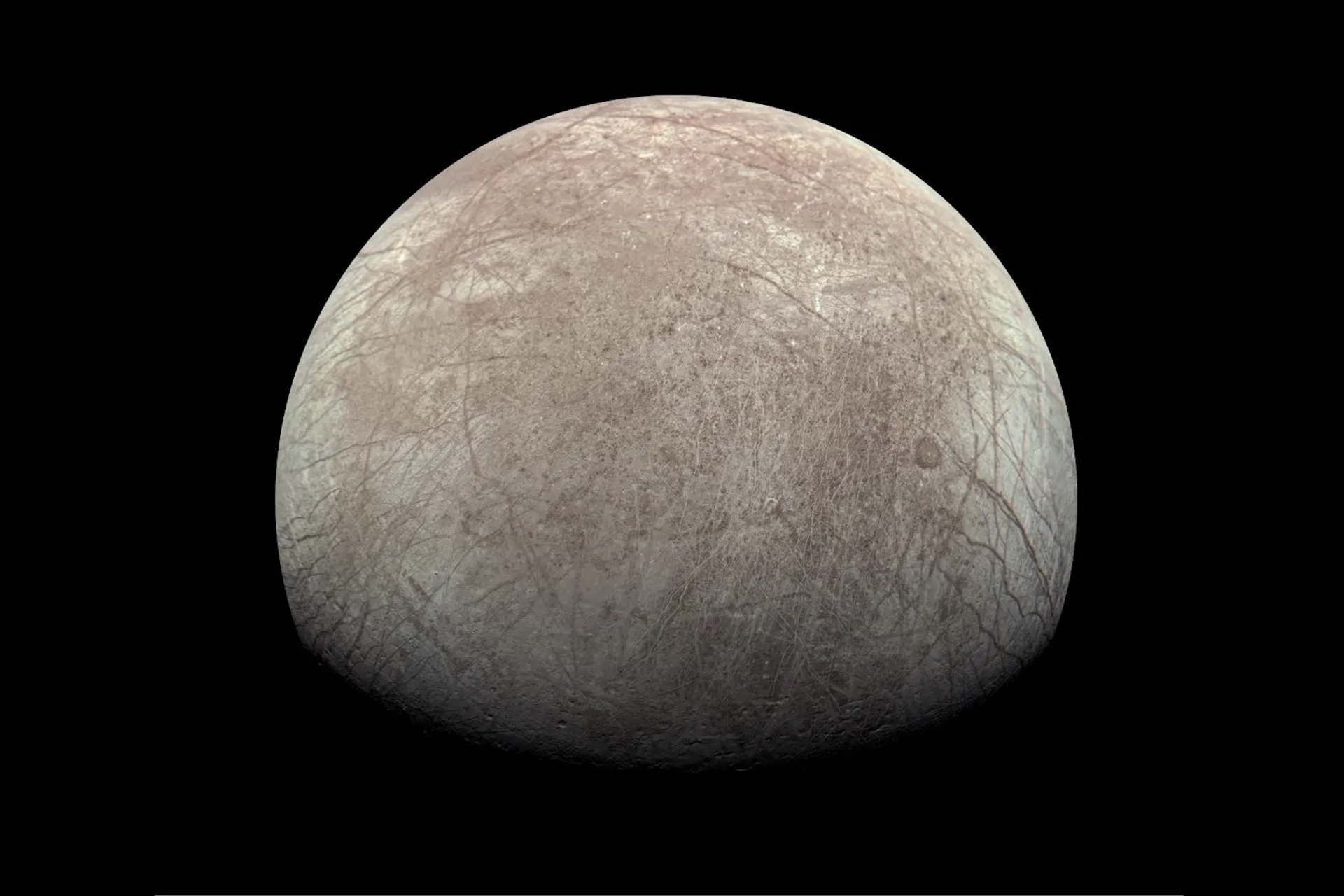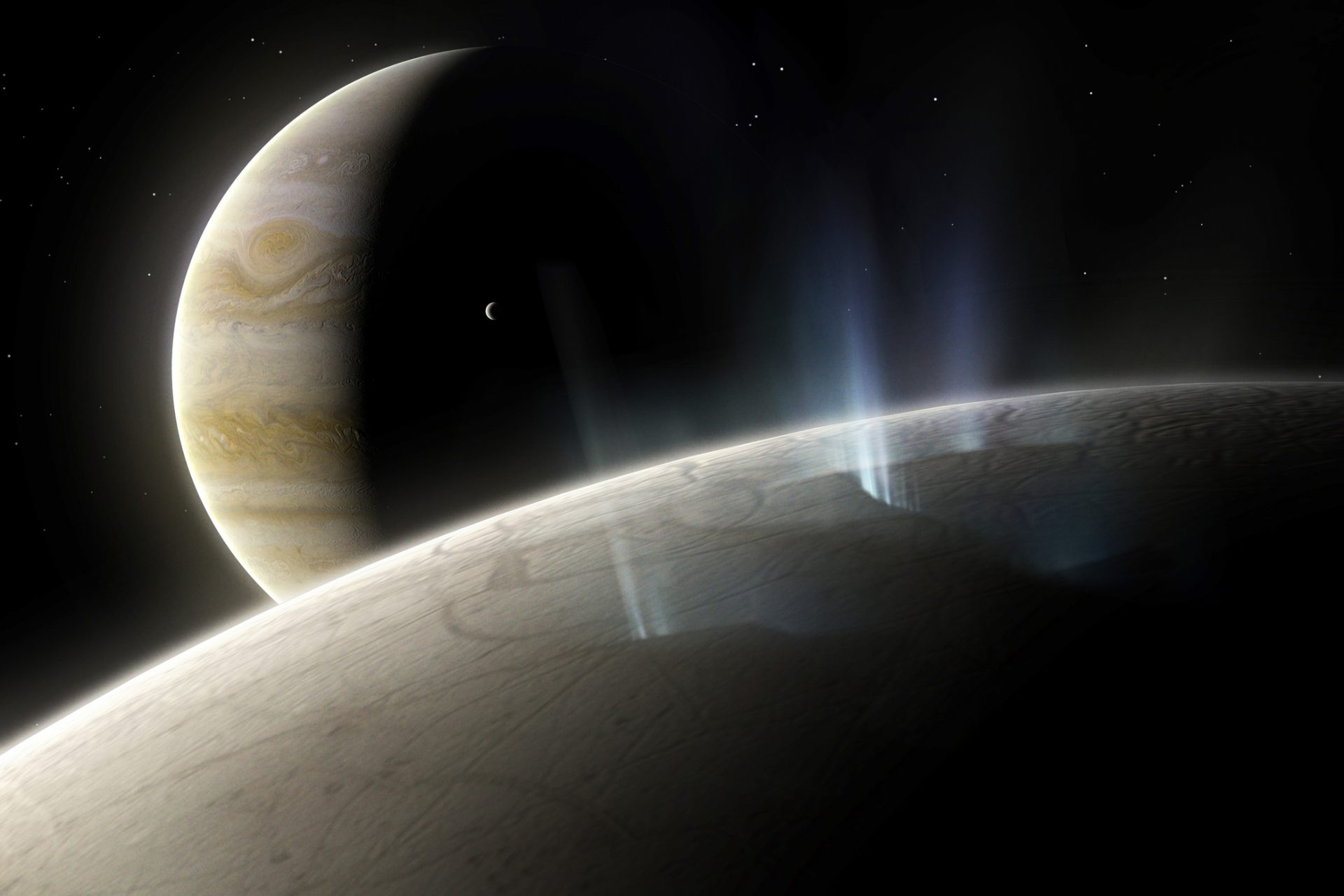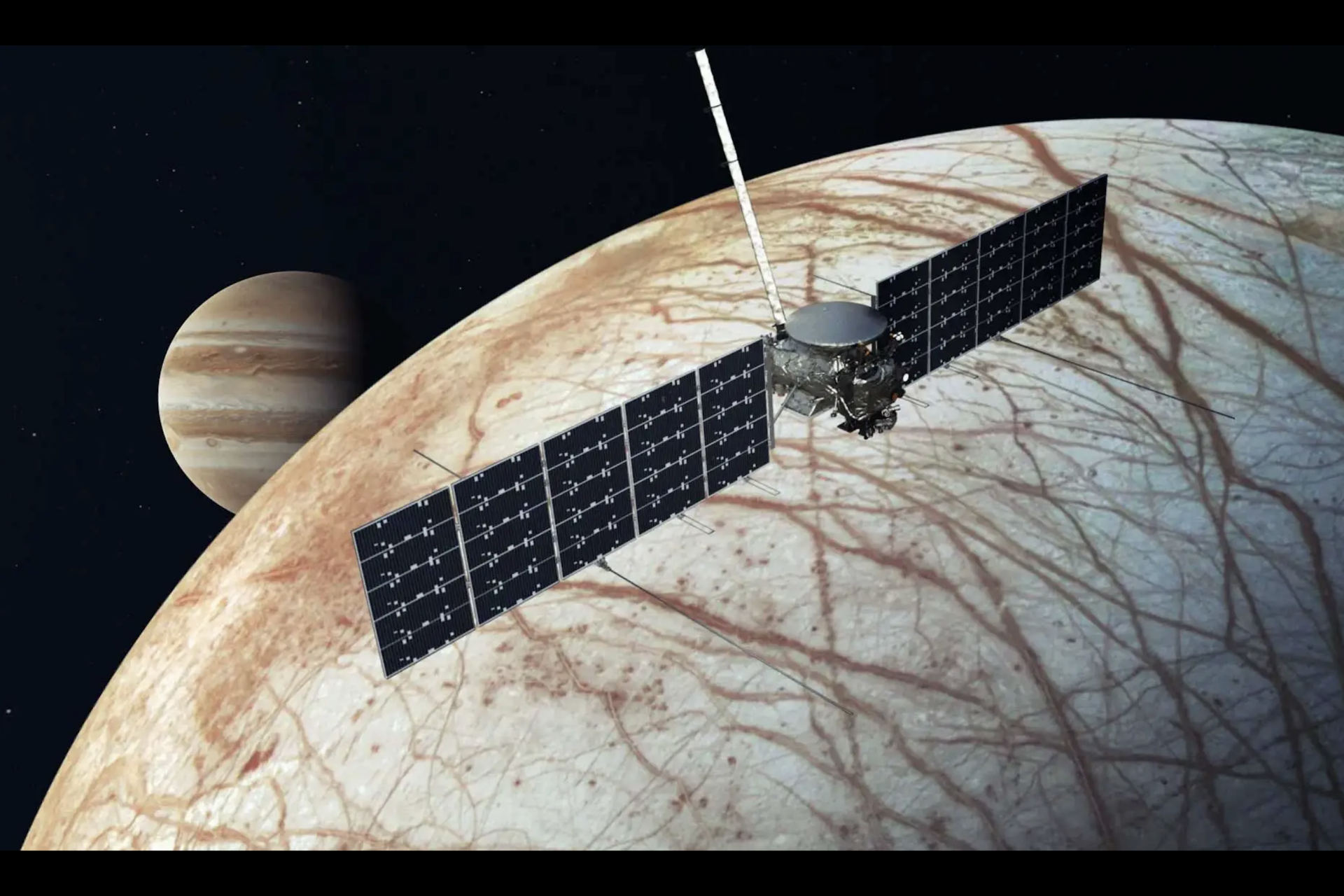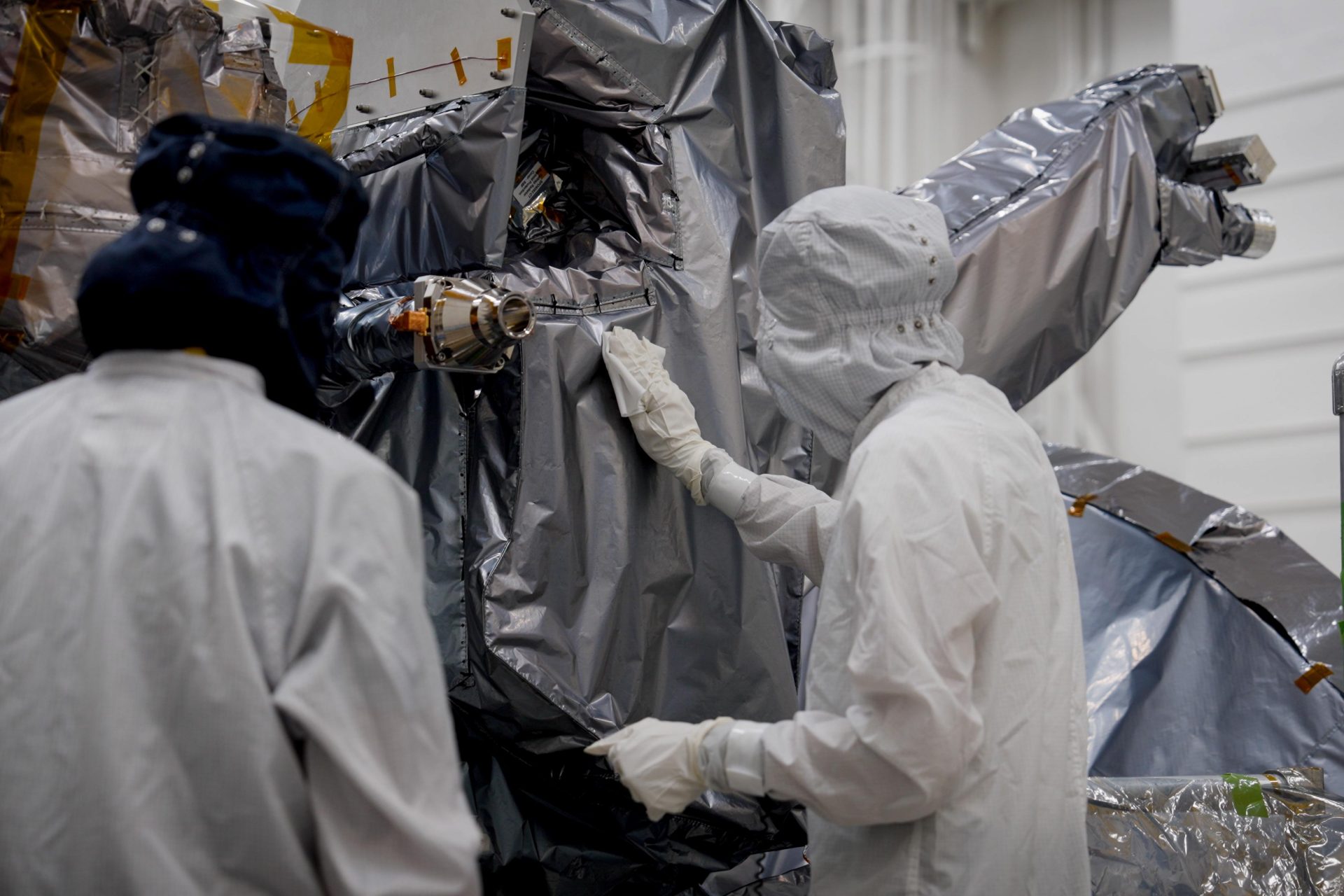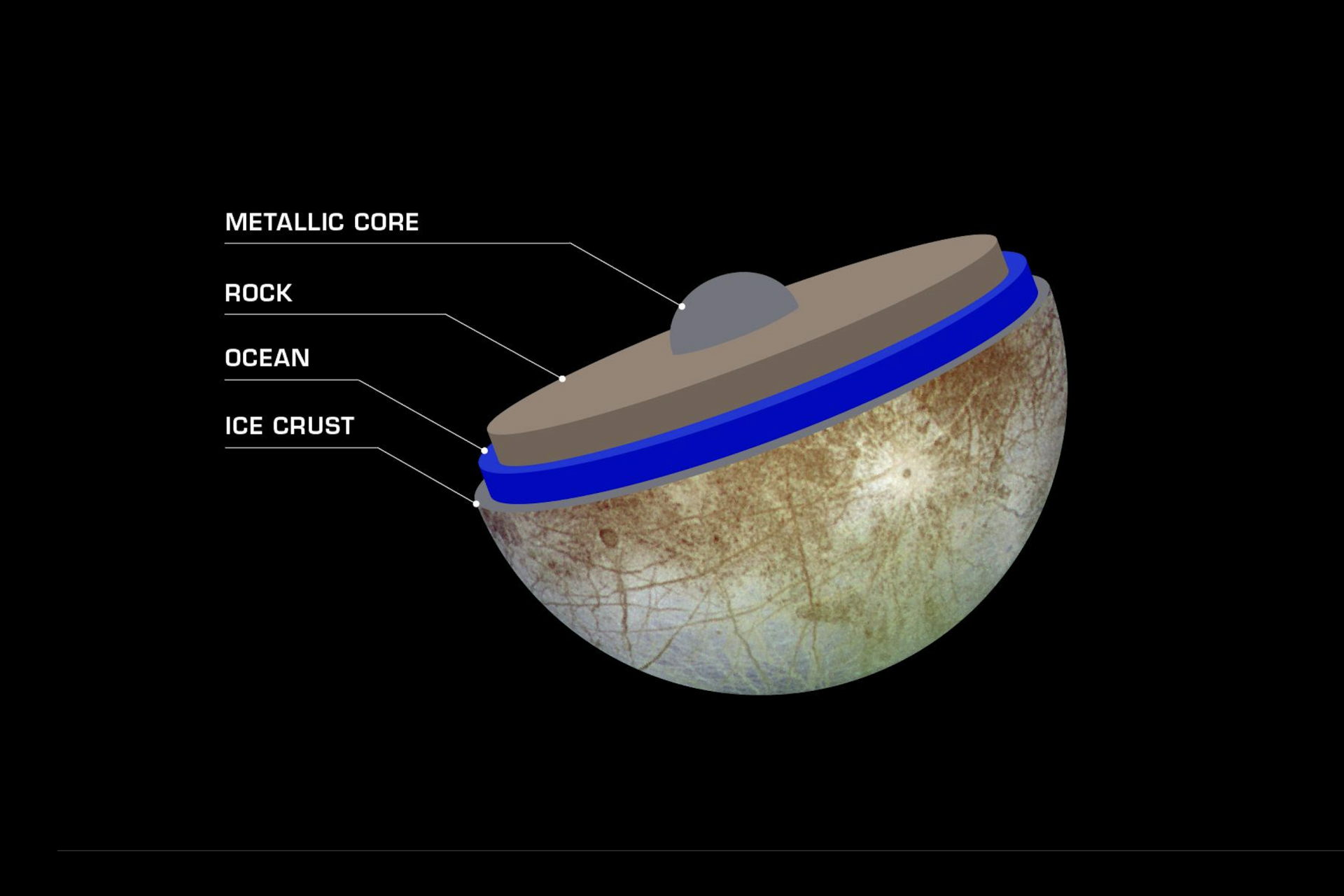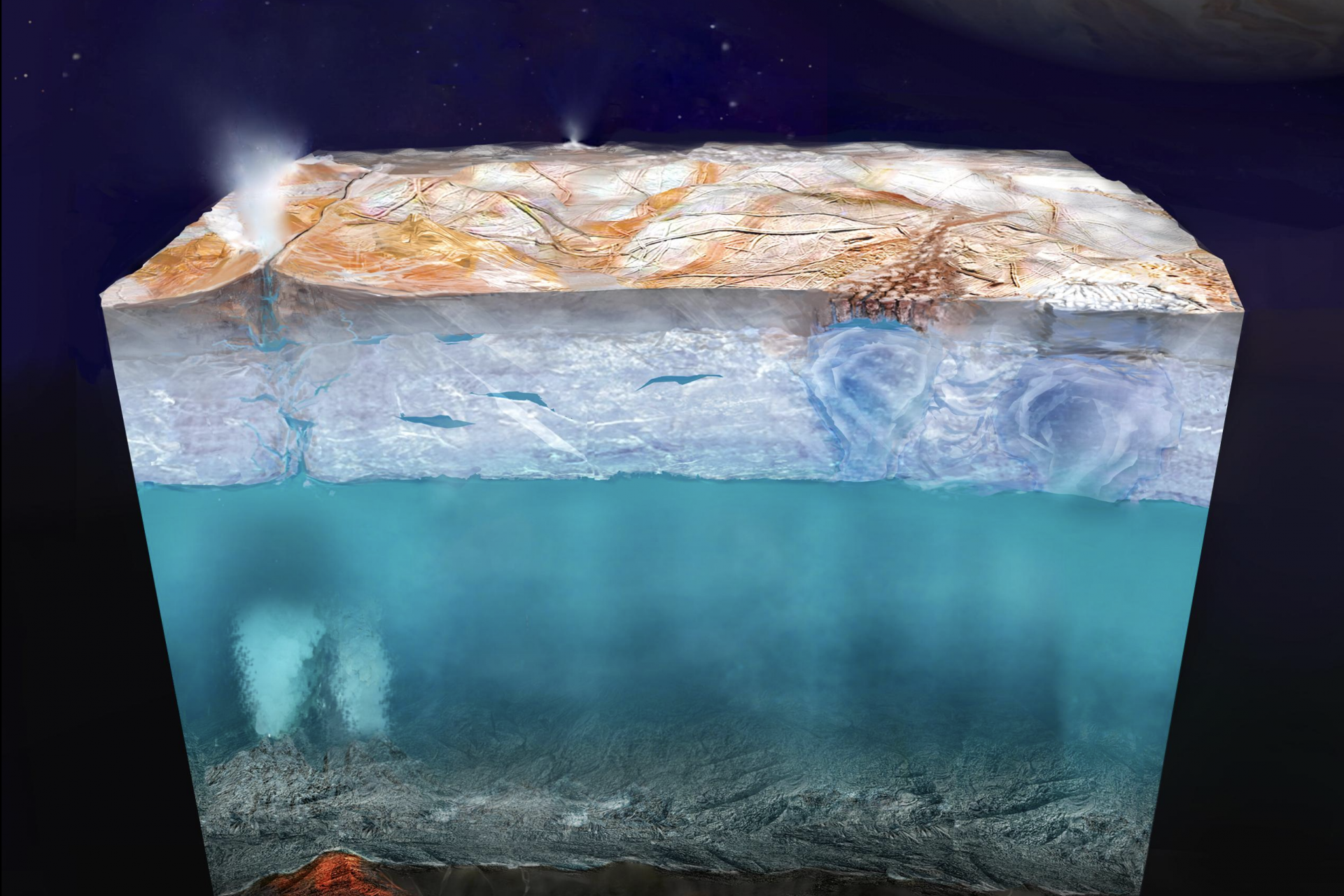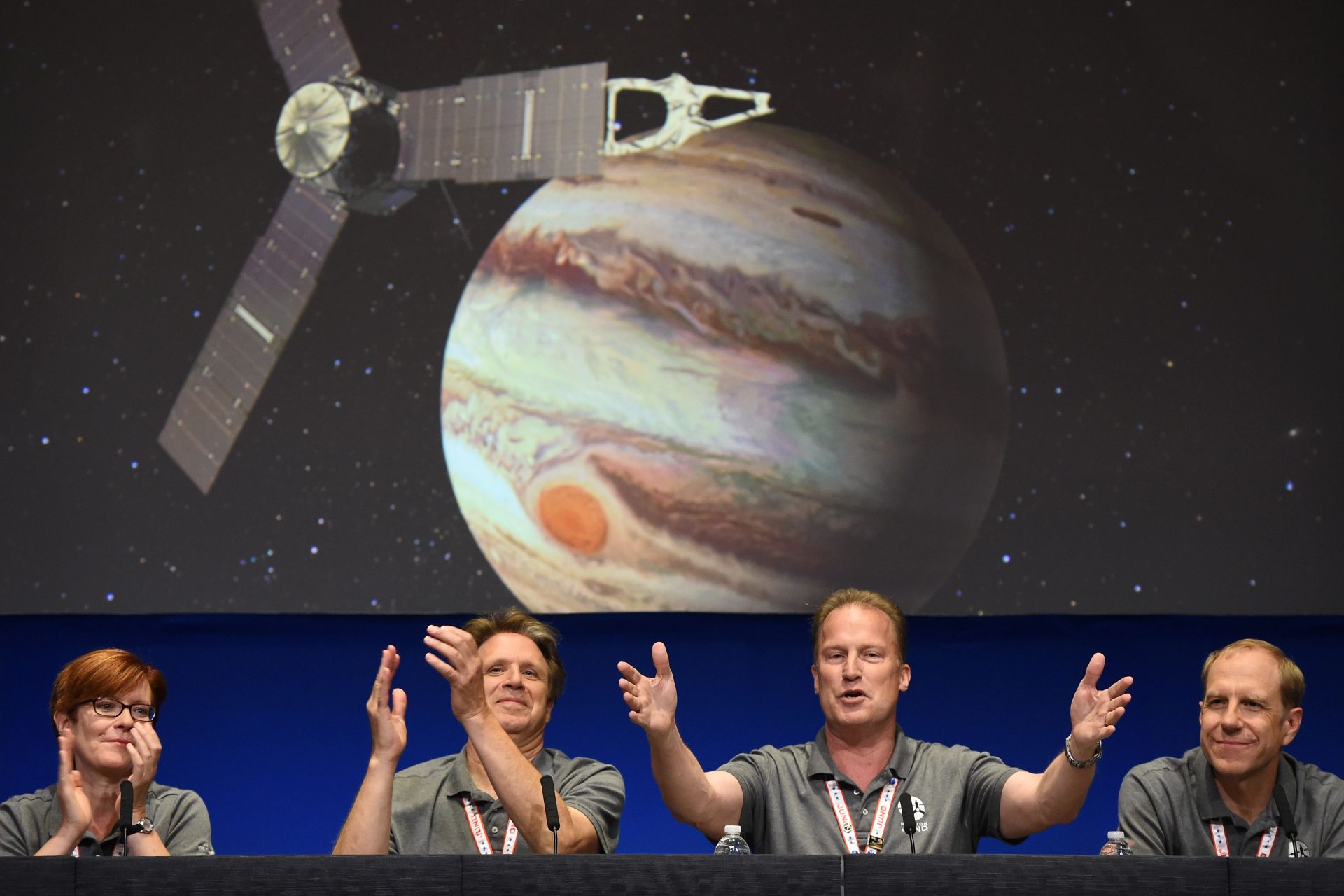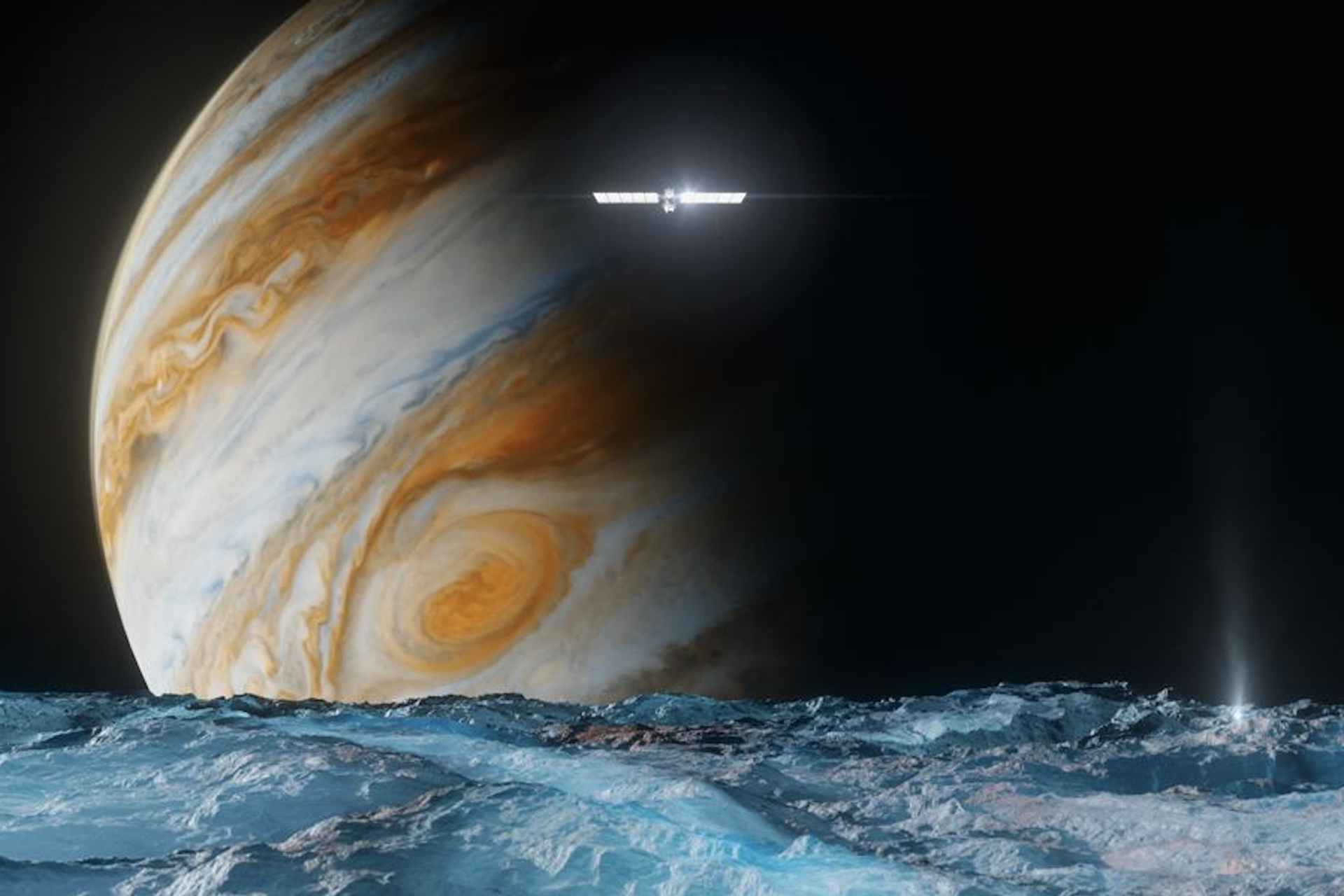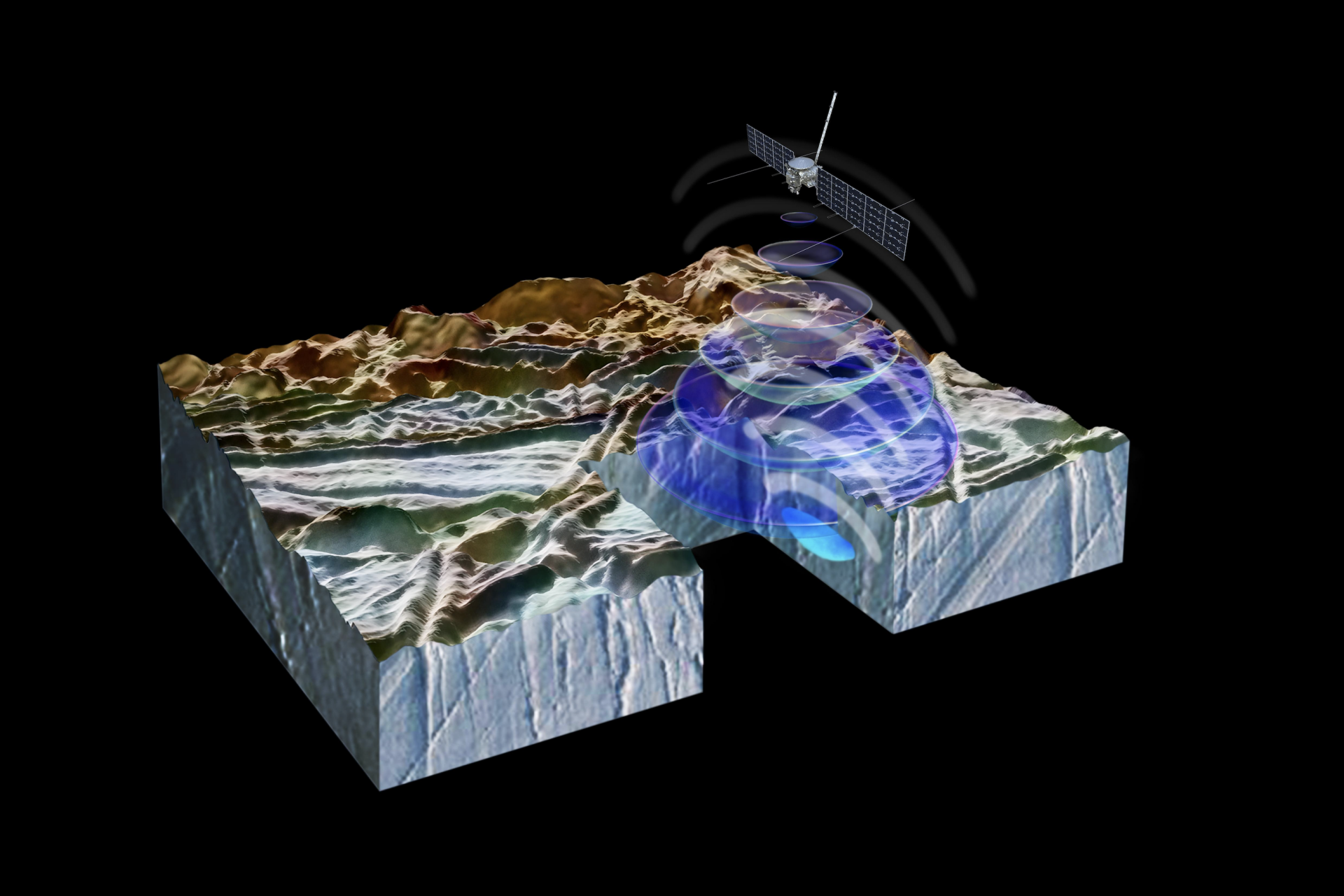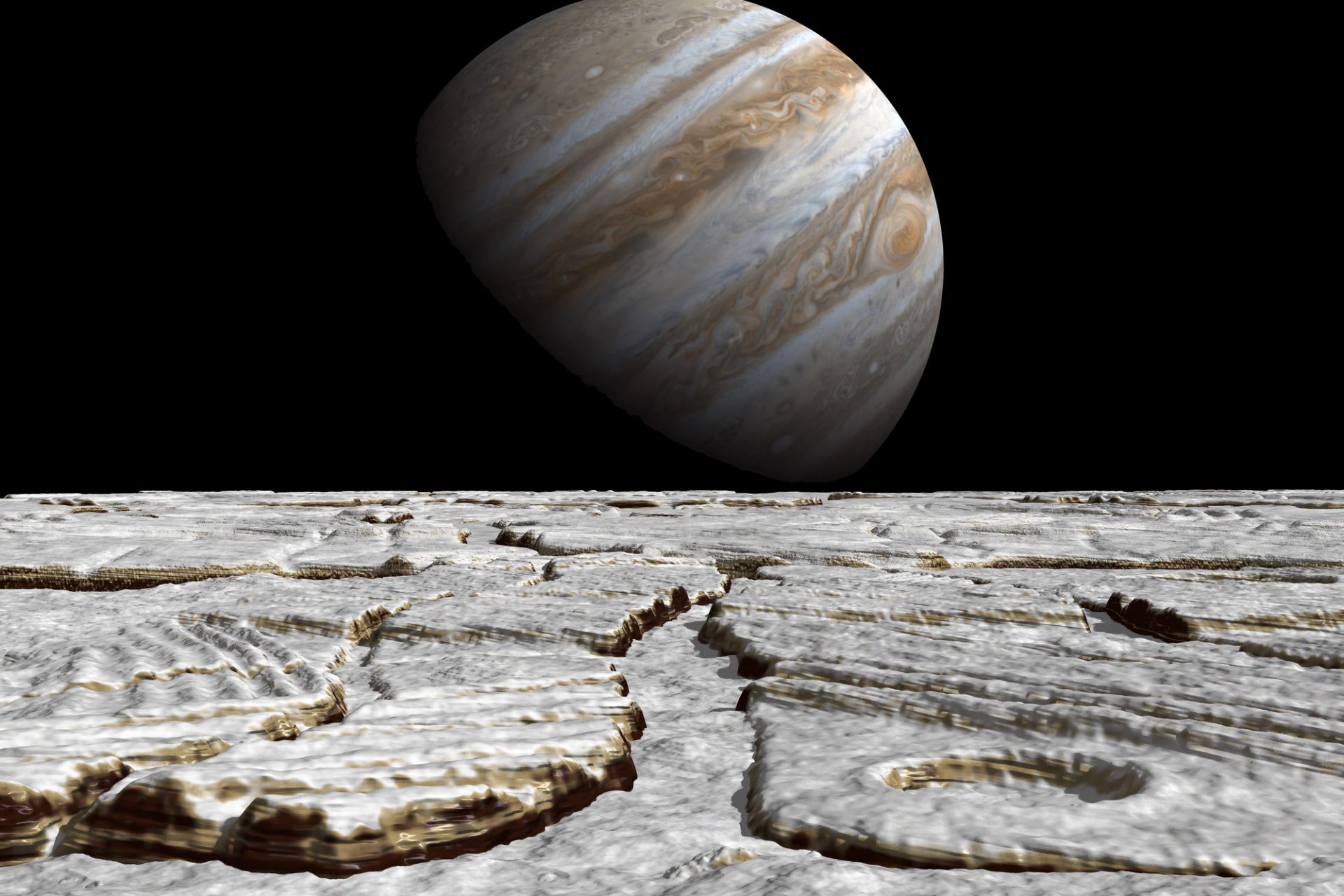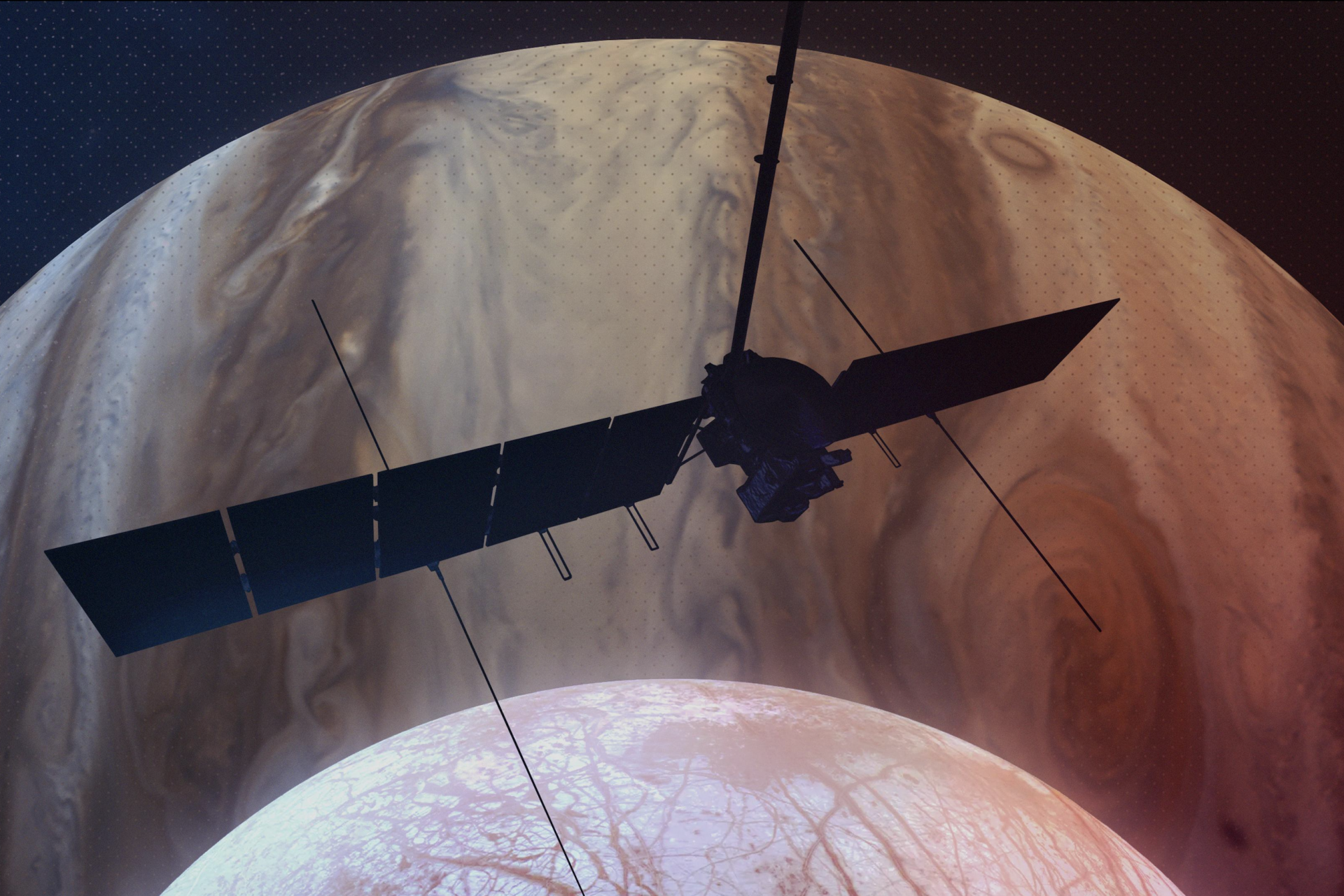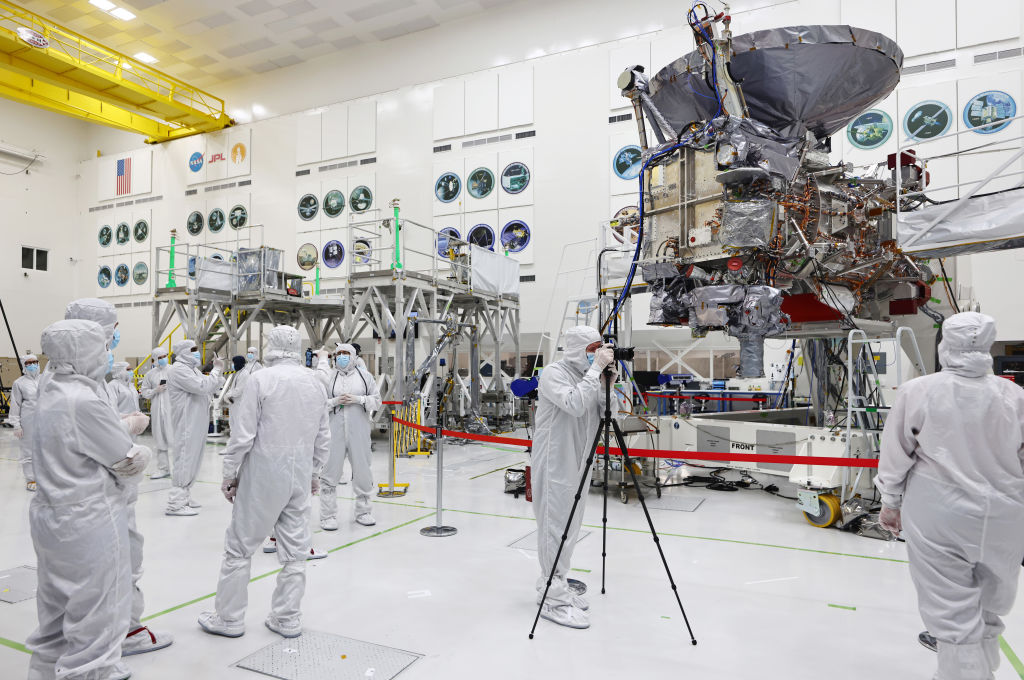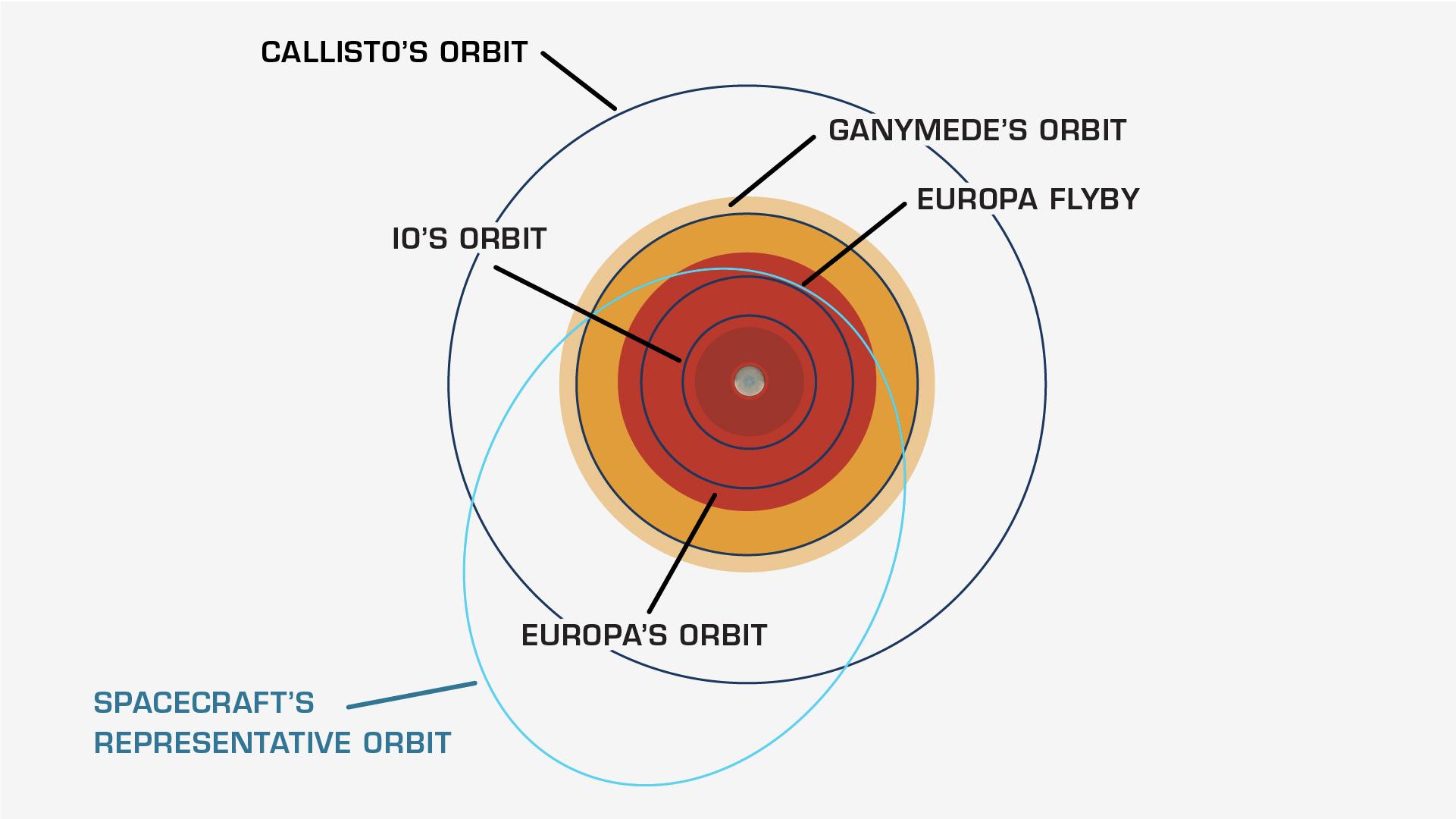Scientists ran into issues investigating the existence of life outside our planet
The drive to discover life outside of Earth is a universal human desire. As humanity has advanced so too has our technology and our ability to answer whether or not there is life beyond our planet. But scientists have run into an issue.
Sorting out the existence of life in the universe outside of the Earth has come down to a simple problem: can we find any form of life, whether it be just a simple cell organism or large and intelligent creatures, anywhere in the cosmos?
Such a search presents a lot of problems. The distance needed to travel to planets that are similar to Earth is impossible with our current level of technology, but there are some places within reach that could provide answers.
Researchers have long seen Jupiter’s moon Europa as our best chance at finding life on another world thanks to a vast ocean hidden under the moon’s icy surface. Europa has all the ingredients needed for life according to NASA.
“Scientists say we should look for three key ingredients that make life possible: liquid water, chemistry, and energy. Also, life takes time to develop,” NASA explained on its webpage for the Europa Clipper mission.
“We should look for life on worlds where sufficient time has passed for life to get started. Jupiter’s icy moon Europa may have these essential ingredients and is as old as Earth,” NASA continued, adding that was why it was sending the Europa Clipper to the moon.
Photo Credit: NASA/JPL-Caltech
The Europa Clipper is a spacecraft that was designed to conduct a detailed exploration of Europa and investigate whether or not the icy moon has the capacity to support life in the subsurface ocean, beneath the moon’s icy crust.
Photo Credit: NASA/JPL-Caltech
“Understanding Europa’s habitability will help scientists better understand the potential for finding life beyond our planet and guide us in our search,” NASA noted. However, a new problem could complicate the Europa Clipper’s mission.
Photo Credit: NASA/JPL-Caltech
During the annual meeting of the American Geological Union in December 2024, it was revealed that data collected in 2022 by the Juno spacecraft indicated Europa may be far too cold to harbor any life in the oceans below its crust.
Photo Credit: NASA/JPL-Caltech
Juno has been orbiting Jupiter since 2016 but in 2022 it passed within a few hundred kilometers of Europa, allowing the spacecraft’s microwave radiometer (MWR) to collect five minutes of data that revealed a significantly reduced likelihood that life could exist on Europa.
Science Alert reported that the data revealed the ice making up Europa’s surface crust is “surprisingly thick.” It may mean Europa’s oceans don’t have the necessary heat and chemical reactions that would be needed in order to allow life to evolve.
Photo Credit: NASA/JPL-Caltech
“We’re getting an average conductive ice shell thickness for the region covered by MWR of about 35 kilometers,” Steven Levin, Juno’s project scientist at NASA’s Jet Propulsion Laboratory explained to meeting attendees. This was equal to 21.7 miles.
Photo Credit: NASA/JPL-Caltech
If the measurements are correct, it is an unexpected find. Purdue University planetary scientist Brandon Johnson noted the data suggests Europa’s crust is “several times larger than many of the estimates,” including an estimate Johnson made in Science Alert in March.
Photo Credit: NASA/JPL-Caltech
Johnson explained that analysis of Europa’s crust suggested its top layer of ice was just 7 kilometers (or 4.3 miles) deep followed by a layer of shifting corrective ice thought to be 13 kilometers (or 8 miles) thick.
Photo Credit: NASA/JPL-Caltech
According to Johnson, the new findings “make the prospects for life on Europa quite a bit dimmer.” Science Alert noted discovery followed another bleak finding made earlier in 2024 suggesting there was less oxygen on Europa than previously thought.
Science Alert added that it is unlikely that consensus around the thickness of Europa's crust will take shape until after the Europa Clipper arrives to study the moon. Its radar is far more powerful and should provide more clarity on Europa's rust thickness, so there is still hope that life could be hiding in the moon's subsurface oceans.
Never miss a story! Click here to follow The Daily Digest.
Photo Credit: NASA/JPL-Caltech
More for you
Top Stories





